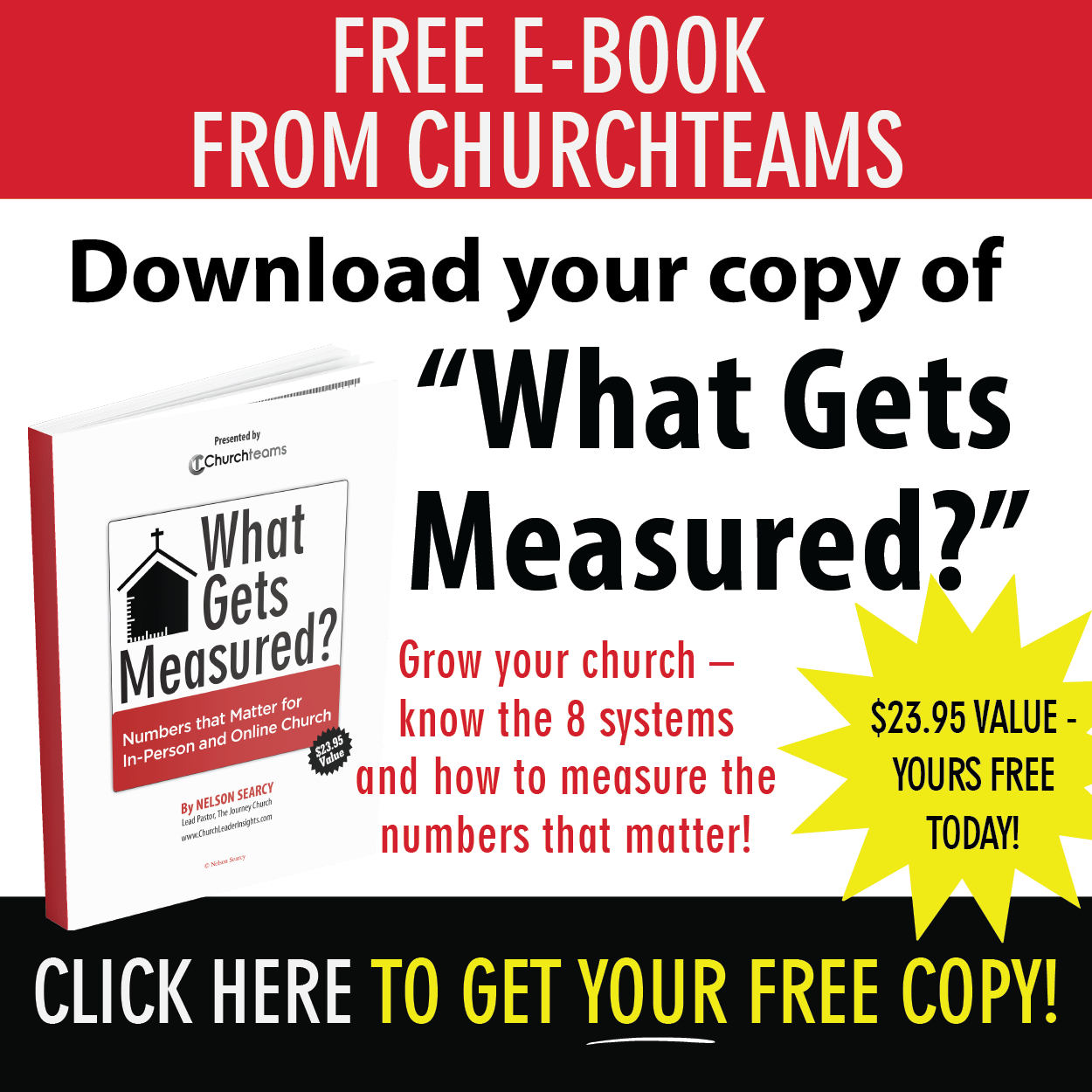 Last week I shared that I'm tracking my food intake as well as my Bible reading in the new year. After a week, as expected, I'm doing great on the Bible reading because that's a relationship I enjoy. And, so far, I'm doing fine with food tracking and even lost a couple of pounds. That's leading to a goal I hope to achieve.
Last week I shared that I'm tracking my food intake as well as my Bible reading in the new year. After a week, as expected, I'm doing great on the Bible reading because that's a relationship I enjoy. And, so far, I'm doing fine with food tracking and even lost a couple of pounds. That's leading to a goal I hope to achieve.
Some of the most common data in church software is demographic information like age (birthdate), household role, gender, marital status, anniversary, school, education, languages spoken, ethnicity, occupation, military service, skills, availability, spiritual gifts, ministry passion, address / zip code, phone number, and email.
Why do you track this information? If you're not using it to build relationships somehow, then why bother? Tracking data for the sake of tracking data is not a worthy goal in itself. Eventually, you'll stop putting any effort into it and your data will become sloppy and unkempt. That's what always happens to me when I stop paying close attention to the food I eat.
So, here are five reasons tracking demographic data is important for building relationships. I hope they will help you think about tracking demographic data in a new way.
Demographics help you know your congregation. You probably have a feel for your congregation's ethnic diversity, majority marital status, gender make up, and average age just because you are part of the community. Data can either confirm this gut feeling, giving you confidence in it, or challenge you to re-think your perceptions.Hint: Export birthdates into Excel and use the average function to find the birthdate of your average church member. A church whose average age is 27 has very different needs than a church whose average age is 67.
Demographics help you determine staff and leadership needs. The real data on your congregation gives you a clearer picture of what their needs might be. Meeting these needs is the shepherding responsibility of the church. Recognizing a lack of certain demographics in the church compared to the community helps spot outreach needs for the church. Both of these play a vital part in leadership and staffing priorities.
If you know these tools in Churchteams, let us know how you are using demographic data to build better relationships. If not, let us know that too and we'll be glad to help you.
But, most important, stop thinking about demographic data as just a goal to achieve with each member. Begin thinking about it as the wellspring for building relationships and better discipleship.



